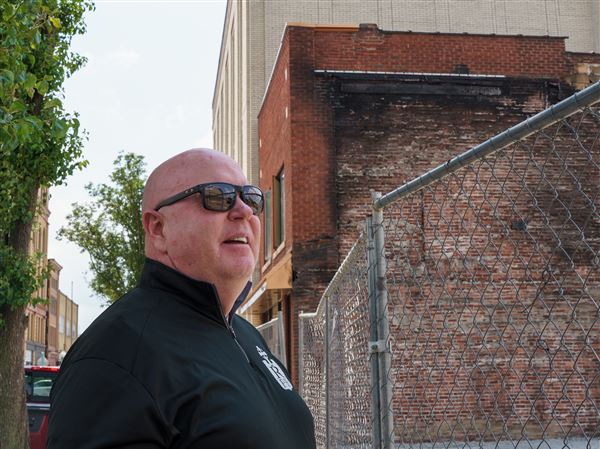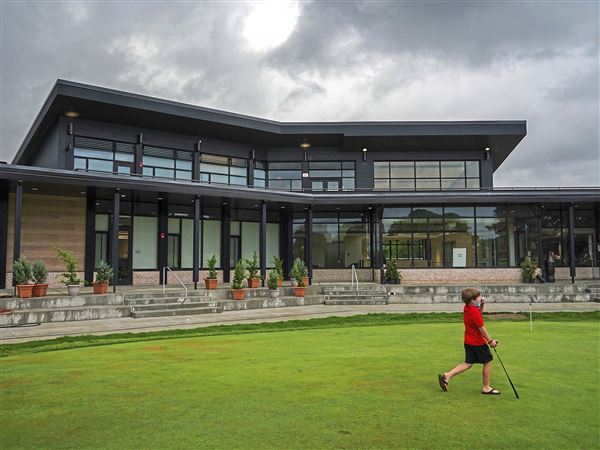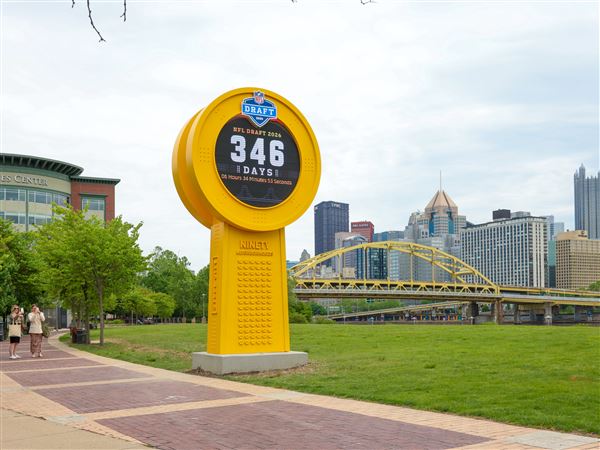Pittsburghers may be familiar with Fort Duquesne and Fort Pitt, but a lesser-known third fort served as the launch point for one of the most famous journeys in American history.
After years of occupation, Fort Pitt had fallen into disuse so Pittsburghers decided they needed additional protection against the growing threat of American Indian attacks. The solution was Fort Fayette, which was built in 1792 near today’s Downtown Cultural District.
The fort was named in honor of the Marquis de Lafayette, who had served under George Washington in the American Revolution. In March 1801, Lt. Meriwether Lewis was stationed at Fort Fayette, serving as paymaster of the First Infantry Regiment in the U.S. Army.
Lewis grew up in Virginia and was recognized as a trustworthy social servant. Aware of his attributes, President Thomas Jefferson called Lewis back to Virginia and asked him to lead the exploration of the soon-to-be-purchased Louisiana Territory — an honor Lewis quickly accepted.
After receiving supplies and training in Philadelphia and Harper’s Ferry, Va., Lewis chose Pittsburgh as the point from which he would begin his exploration of the new Western frontier.
In July 1803, Lewis lodged at Fort Fayette while making final preparations for his journey. Pittsburgh, and Fort Fayette in particular, was truly the “Gateway to the West” when Lewis shipped off in August 1803.
A decade later, the fort served as a supply base during the War of 1812. Congress approved the sale of Fort Fayette in 1813, and the money earned from the sale of the land eventually helped to fund the construction of the Allegheny Arsenal in Lawrenceville.
Visitors to the Heinz History Center can learn more about the role of Fort Fayette as part of the long-term exhibit “Rediscovering Lewis and Clark: A Journey With the Rooney Family.” For more information, visit www.heinzhistorycenter.org.
First Published: April 20, 2017, 4:00 a.m.














